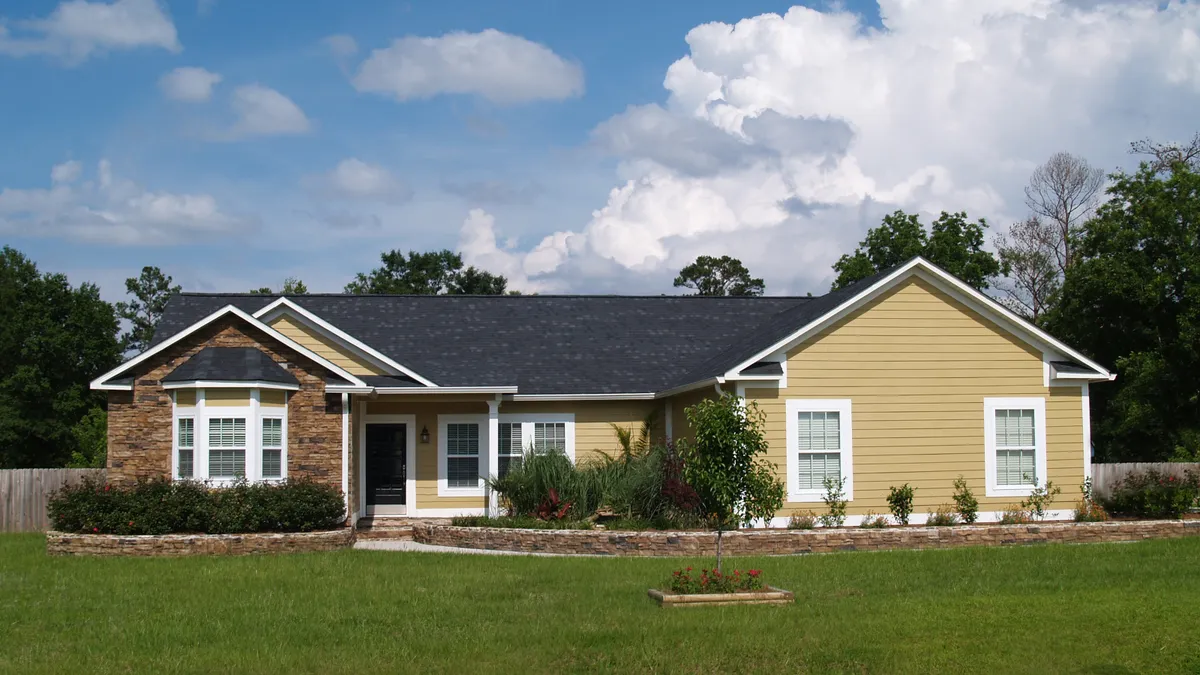Dive Brief:
-
The number of new-home sales priced below $250,000 has been on a downward trend from highs set in 2006, particularly those priced under $149,000, according to a National Association of Home Builders analysis of U.S. Census Bureau Data.
-
Meanwhile, the growth category of new-home sales above $250,000 dropped off significantly during the recession but has been on the upswing since 2011. Those priced between $300,000 and $399,000 have recovered the fastest.
-
The share of new homes priced below $199,999 took 17% of home sales in the fourth quarter of 2016 compared to 35% a decade prior. Homes priced higher recovered share lost during the period, with the $200,000 to $399,000 category jumping from 45% in 2006 to 56% in 2016.
Dive Insight:
Elevated home values triggered by tight inventory conditions across all housing categories is one contributor to the relative growth in bigger-ticket sales. Meanwhile, factors such as student debt, slow wage growth and high rents are making it difficult for younger buyers, who typically purchase lower-priced homes, to save up for a down payment.
Entry-level inventory continues to contract. Supply fell 8.7% during the first quarter of 2017 from a year earlier while the median list price was up 8.3% for the period, according to Trulia.
With existing homeowners slow to trade up to larger homes and leave their properties for purchase by younger, first-time buyers, some homebuilders are stepping in to create the necessary inventory to fill the gap. Among them, Meritage Homes, D.R. Horton and Toll Brothers, along with a few regional builders, now offer entry-level home plans with smaller footprints and fewer amenities to help reduce the cost of building at such a low price-point.
Builders are optimistic for continued demand in new single-family construction, according to the latest National Association of Home Builders/Wells Fargo Housing Market Index, which has been on an upward trend since early 2015. Positive growth in the latest new-home sales and single-family housing starts reports show continual improvements in new construction activity.
For more housing news, sign up for our daily residential construction newsletter.











